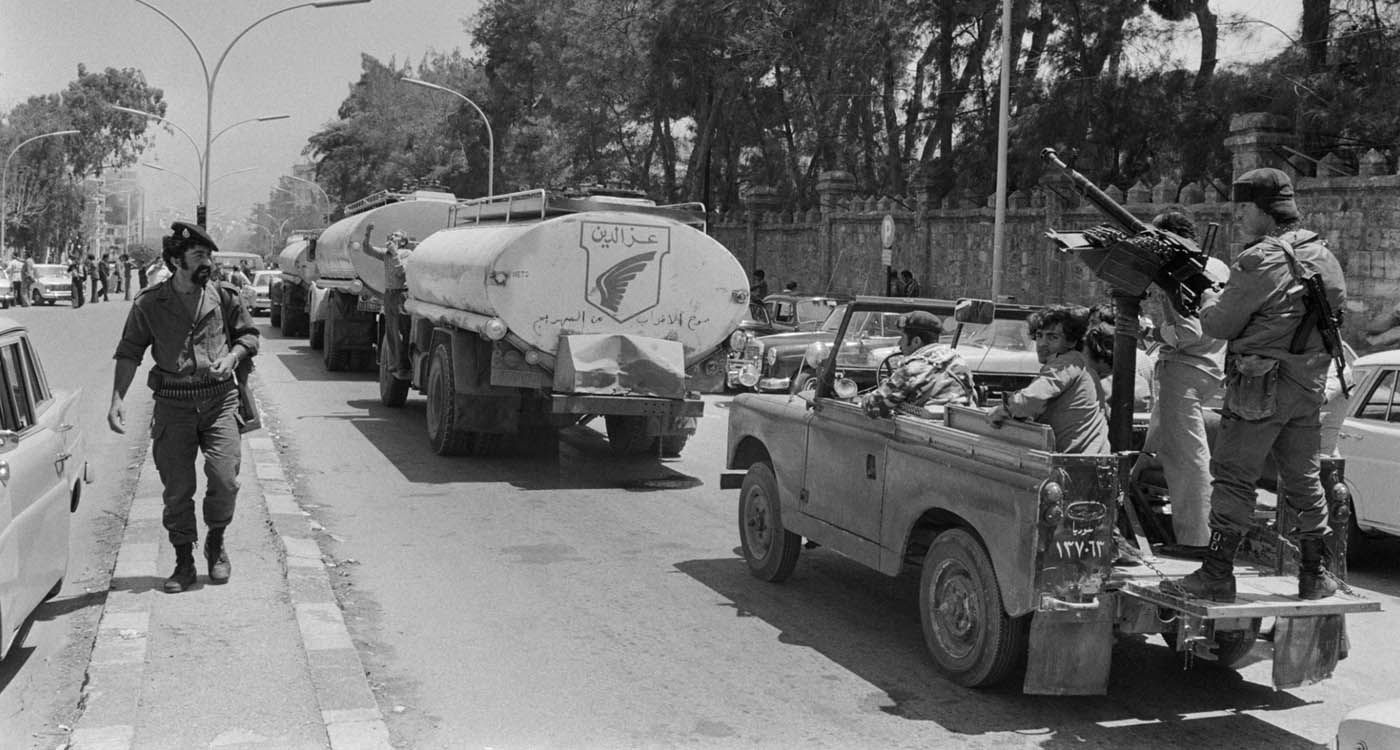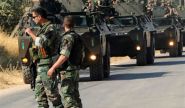
In the collective memory of Lebanon’s civil war, a specific moment often takes center stage: the deadly attack in Ain el-Remmaneh by Kataeb militiamen on a bus carrying Palestinian Fedayeen. For many observers—whether casual or seasoned—this event is widely viewed as the spark that ignited the Lebanese conflict. But such a narrative may oversimplify a far more complex reality.
By focusing solely on that bus attack, one risks overlooking the provocations and the assassination of a local Kataeb official that took place just before the incident. More significantly, this narrow lens ignores the broader political, regional and local context—an environment already deeply unstable and brimming with tension—that had been brewing for years, setting the stage for the explosive events of April 13, 1975.
To fully grasp the magnitude of that turning point in Lebanon’s history—and the medium to long term consequences it unleashed—one must take a step back. A brief look at the recent history of the Middle East reveals a series of dramatic developments that framed this moment. In particular, the aftermath of the June 1967 Six-Day War, in which the Egyptian, Jordanian and Syrian armies were decisively defeated by Israel in under a week, marks a critical juncture.
The Arab defeat of 1967 had far-reaching consequences. In its wake, the leadership of the Palestine Liberation Organization (PLO), under Yasser Arafat, came to a pivotal conclusion: the Palestinian movement needed to assert greater autonomy from Arab regimes in its armed struggle against Israel. To achieve this, the PLO required a territorial base—somewhere it could operate freely and consolidate its political and military strength.
By the early 1970s, two countries bordering Israel had emerged as potential strongholds for the Palestinian armed struggle: Jordan and Lebanon. Both offered distinct advantages. Jordan, sharing a long border with the West Bank, was home to a significant Palestinian population. Lebanon, with its liberal political system, provided fertile ground for Palestinian organizations seeking freedom of action.
Initially, the PLO under Yasser Arafat sought to entrench itself in Jordan. But its growing military and political influence soon posed a direct threat to the Hashemite regime. In September 1970, King Hussein—backed by loyal Bedouin forces—moved swiftly and forcefully. The Jordanian army launched a large-scale offensive against the Palestinian factions, culminating in their expulsion after a brutal showdown. The episode would go down in history as Black September, a turning point that shifted the balance of the Palestinian resistance—and of regional politics.
With their expulsion from Jordan, Palestinian fighters turned to Lebanon. Some factions had already established a foothold in southern regions of the country. Their full relocation marked the beginning of a far more volatile chapter. Lebanon, already strained by its confessional system and fragile governance, now became the new epicenter of the Palestinian struggle against Israel. But that shift came at a cost.
The armed Palestinian presence in Lebanon deepened existing divisions within the country’s political class. A portion of the leadership—and the popular base that supported it—stood firmly behind the Fedayeen, endorsing their freedom to operate from the south in the name of the Palestinian cause. But this support came at the expense of national sovereignty. Armed groups operated with little oversight, in open defiance of state authority. Their actions were sharply criticized and denounced by those now known as “sovereigntists,” who, at the time, enjoyed widespread support among the Lebanese public.
Tensions came to a head in 1969, when Lebanon plunged into a months-long political crisis. The country found itself in a constitutional deadlock, unable to reconcile opposing visions of national security and foreign engagement. The impasse was finally broken on November 3, 1969, with the signing of the Cairo Agreement in Egypt, brokered by President Gamal Abdel Nasser.
The agreement sought to formalize the status of the Palestinian armed presence in Lebanon. Instead, it handed the PLO virtual control over large swaths of the south—particularly the Arkoub region, which would later become known as “Fatahland.”
Despite the 1969 Cairo Agreement, the accord quickly proved ineffective. In practice, it was largely ignored and Palestinian armed factions continued to expand their operations with little restraint.
In 1973, President Sleiman Frangieh ordered the Lebanese Army, in a bold move, to launch a large-scale operation aimed at curbing the growing influence and impunity of the PLO factions. The military campaign was initially met with success. However, the operation was abruptly halted, not because of military setbacks, but due to intense political pressure from Syrian President Hafez al-Assad.
The intervention by Assad, a long-time personal friend of Frangieh, was a turning point. This failure to contain the Palestinian presence marked a critical moment in Lebanon’s ongoing existential crisis. President Frangieh, acknowledging the state's inability to reassert its authority due to Arab pressure, turned to the country's sovereignist parties—primarily the Kataeb Party and Camille Chamoun’s National Liberal Party—and effectively told them it was now up to them to defend their communities. The unofficial green light had been given: the formation of Christian militias began in earnest.
Meanwhile, violence and lawlessness continued to escalate. Palestinian factions, often allied with local militias, committed a growing number of abuses. What had begun as a political crisis was now morphing into a militarized confrontation.
All of this came to a head on April 13, 1975—a day that would mark the beginning of Lebanon’s long and bloody civil war. That fateful Sunday was not merely the result of a single incident, but the culmination of years of unresolved grievances, mounting frustrations and foreign interference.
Chief among the external influencers was Syria’s new regime under Hafez al-Assad. From the outset, Assad sought to position himself as the master puppeteer of Lebanon’s internal game—manipulating factions, stoking divisions and gradually asserting control over both Lebanese politics and the Palestinian resistance.
Fifty years later, the names may have changed, but the mechanics of manipulation, ambition and proxy conflict remain hauntingly familiar.




Comments